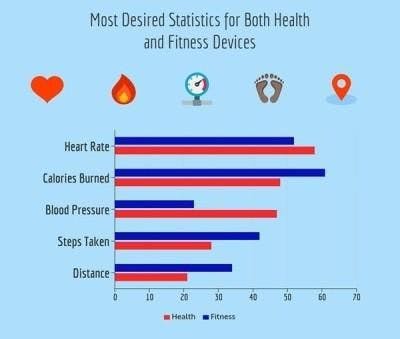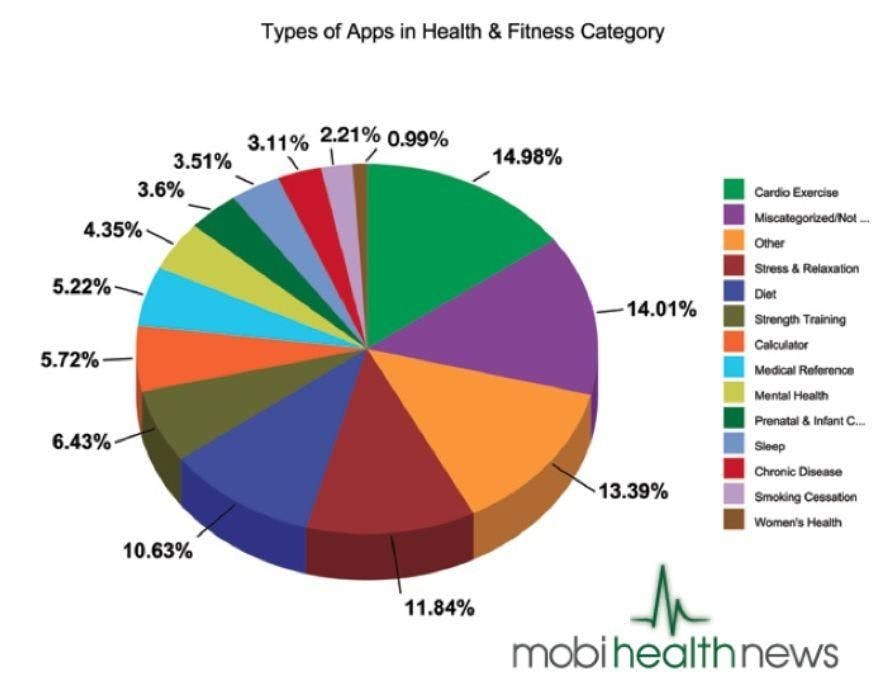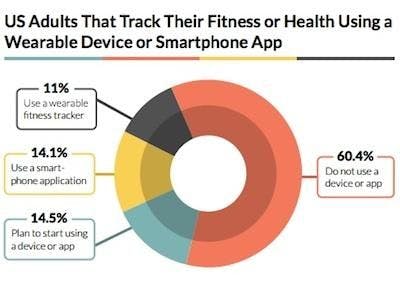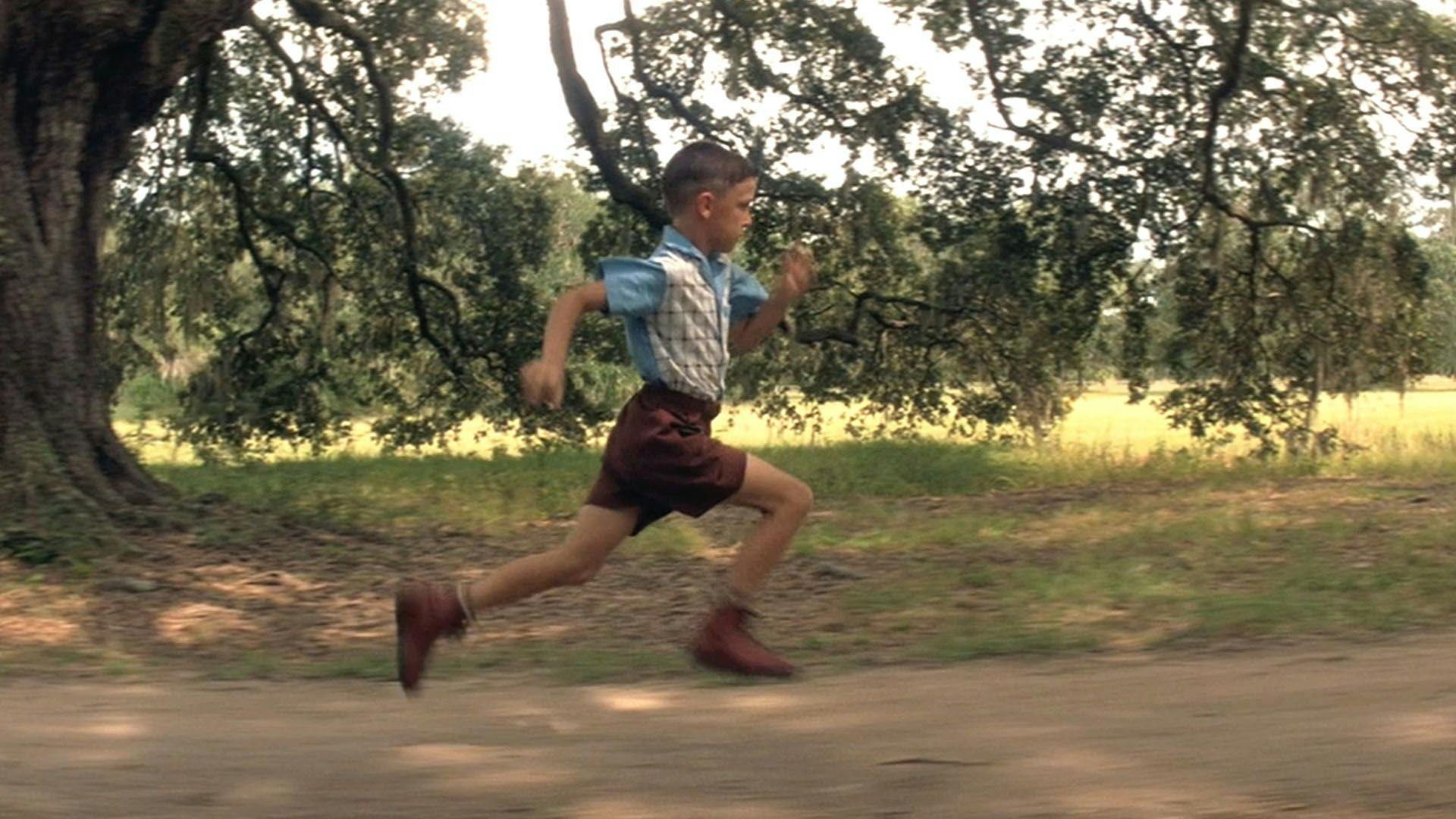How to create a mobile application for runners?
Health care has become a cult, following to which in the modern world can not go without a technological component. Advanced coaches hold classes through the Internet, and users show their results in social networks and track progress through various applications. Such programs help to schedule training sessions, see your own indicators of physical health, and also motivate a user through a variety of awards and honours for achieving certain results. Probably you have already seen a lot of your friends’ posts saying that they had run 10 kilometers or reached a certain level in their application. So what are these programs and how to create something like that? We will answer these questions in the article.
So, let’s review, in our opinion, the best applications for runners worthy of your attention:
- iSmoothRun. Allows you to independently set the time intervals for running, as well as keep a diary with records in which such details as weather conditions are jotted. Works with iOS.
- Strava. For those who like teamwork and competitions. In the application, you can compare your indicators with the achievements of your friends, and also be aware of all the running events that occur in your city.
- Nike + Running. An application designed specifically for a famous brand, with a virtual trainer onboard, camera that takes pictures on the go, and motivational videos.
- Endomondo. A nice application for those who like setting goals. Special notifications will not let you forget about an upcoming training session.
- Run Keeper. Perhaps, the best and one of the most popular fitness applications, working on the basis of GPS data, with iOS and Android which is used by more than 50 billion people now.
So, how to create a fitness application like Run Keeper for people who like to run? Considering that the healthy lifestyle industry is booming, such an application, when properly designed and promoted, will be able to take its rightful place in the Google Play Market.
What is a Runkeeper, and what determines its popularity?
The Runkeeper application was developed in 2008 by FitnessKeeper. It allows users to track the progress of training (running, cycling, race walking, etc.) with GPS. Runkeeper provides detailed information about the speed of running or cycling, duration of physical activity and amount of calories burned. Moreover, the application is integrated with all popular social networks, which allows sharing of your achievements, training schedules and running route maps with friends. The developers took into account all the features of the training process, as well as the wishes and preferences of the users, which made the app extremely popular. In addition, Runkeeper is also a successful business project: in 2016 the Japanese company ASICS purchased it for an impressive 85 million dollars.
Functional aspect of the Runkeeper application
The Runkeeper's popularity stems from its multi-functionality. Therefore, a competitive analogue should have at least the following main features:
- tracking of the running route using GPS;
- setting of training goals, in particular, the run duration and training load;
- the possibility of creating a personalized training plan;
- the system of setting tasks and rewards for their achievement (stars, titles, points);
- the possibility to visualize the results and summarize the results of training for a certain period of time;
- integration of the app with the most popular social networks;
- possibility of listening to your favorite audio recordings while running;
- comparison of training session data with previous results.
It is also very important to introduce elements of the game into the process of using the application, for example, the possibility to challenge friends in social networks or create long-term competitions to achieve certain fitness goals. Richard Larson very interestingly described the process of gamification in sports in his article http://umu.diva-portal.org/smash/get/diva2:654720/FULLTEXT01.pdf.
However, when creating your own application, you should not blindly follow the example of Runkeeper or any other similar apps, but take into account the user wishes. For example, this graph shows the user wishes for the data they would like to see in the application. The heart rate is in the first place, the number of calories burned - in the second, blood pressure - in the third, followed by the number of steps taken, and the running distance is in the last place.

As we can see, the distance is not the most important factor for users, so it's hardly worth focusing on this indicator, as the developers of Runkeeper did.
Technologies needed to develop a "running" application
To develop and run an application like Runkeeper, you will need to meet the following technical requirements and take into account a number of nuances:
Front-end
- NativeScript is an open-source software framework for building applications on Android and iOS.
- React Native is a framework, built on the React basis, for developing applications that can work on both Android and iOS.
- Ionic is an open source framework based on AngularJS, which allows you to create a basic application with a set of templates.
Maps and route planning
- Google Maps API is a collection of tools for adding maps from the Google Maps service and creating routes based on them.
- MapBox is a service for creating and publishing self-made maps.
Storage
- SQLite is an embedded cross-platform database that supports a full set of SQL commands.
- Settings (application settings) can be used to save and restore any information that is used by the application http://docs.nativescript.org/api-reference/modules/_applicationsettings.html.
Design
You can create your own a design by purchasing suitable templates and themes on resources such as themeforest.com, woothemes.com, elegantthemes.com. There is high-quality and quite affordable content. It is a good option for the initial version, but eventually you'll need to a designer and a UX expert. For applications like this, it's not that important to look fancy, it is more important to be intuitive and easy to use, especially with one hand, on the run.
Analytics
- Fabric is a set of specialized sets for the development of cross-platform software, such as Crashlytics, Branch, Opimizely, which help analyze the application work.
- Optimizely is an excellent tool for A/B-testing of applications as well as personalizing and conducting experiments with the interface and functional components of the product. Moreover, it is indispensable in order for “bringing the app to perfection” in terms of ease of its use.
- Crashlytics is a program that determines the cause of application failure, up to defining the line of code where the failure occurred.
Server
- Django is a framework with which you can create a component for a remote server.
- Since we need a database with geofunctions, the best solution will be to use PostgreSQL, which is a free object-relational database management system.
Hosting
- It is very popular now to host applications on the Amazon Web Services (AWS) platform, which allows easy scaling.
- In addition, a Digital Ocean and Linode are worth paying attention; a cloud hosting service that focuses on speed and simplicity of deployment, support for virtual servers.
The business side of developing a fitness application
The idea of creating an application for running may seem unpromising to some developers, because, in their opinion, the fitness industry is oversaturated with similar products. But, according to statistics, 60.4% of the US adult population does not use any applications when doing sports.

And this means that a product, which is really useful and original, will certainly find its user, as the potential audience is still quite wide. Furthermore, according to Mobi Health News, cardio training applications takes only 14.98% share of the total fitness applications market, so the potential for growth is enormous.

In Ukraine there are lots of highly qualified IT specialists who can easily develop a product similar to Runkeeper, for quite a reasonable amount of money. The development of such an MVP app can cost no more than $ 10,000.
Nowadays, fitness classes are one of the most popular trends of the modern society, which means that the development of a high-quality mobile fitness application can bring excellent dividends.



